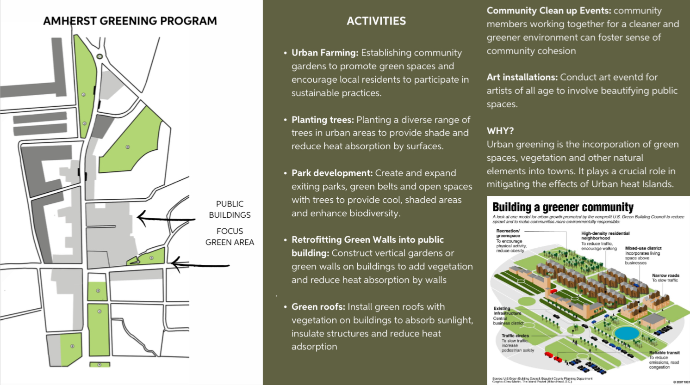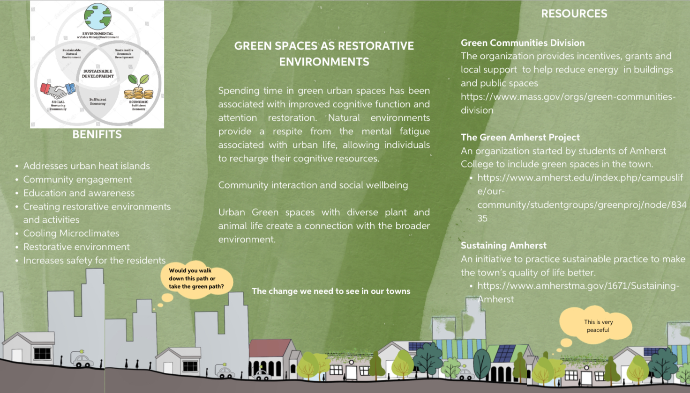Amherst Planning
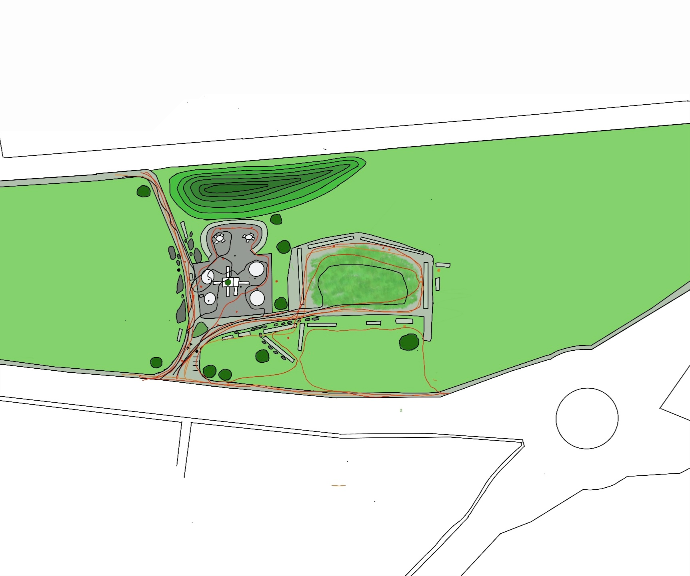
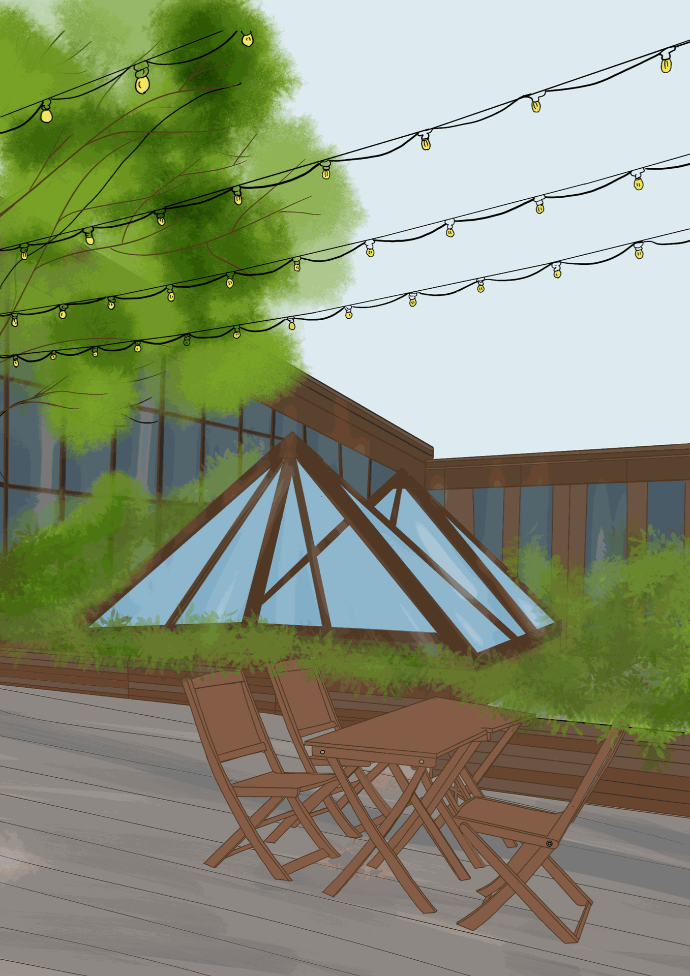
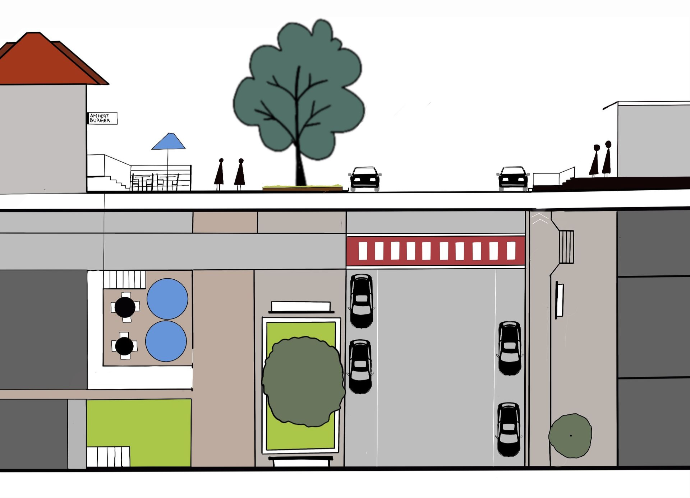
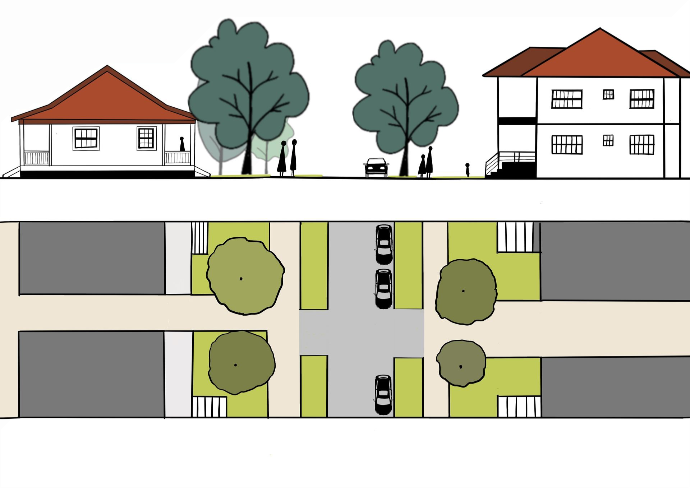

Community Greening Program
Urban greening in towns is crucial for mitigating environmental challenges and enhancing the overall well being of communities. By introducing trees, green spaces and sustainable landscaping, towns can combat the heat island effect, regulate temperature and improve air quality. Implementing urban greening in small towns involves a community driven approach focused on planning, engagement and sustainable practices. Collaborating with local businesses and organizations to educate the community about the benefits of urban greening. Some of the activities include, urban farming, planting trees, park development, retrofitting green walls into public buildings, green roofs, community clean up events and art installations. These activities engage people of all ages and have an educational value and makes the community get a stronger connection with their surroundings and towns. Green spaces provide shade and contribute to cooling urban areas, mitigating the heat island effect. Adding green parcels in the towns and cities where people can move comfortably also increases the safety aspect of the town. Some of the challenges that may arise due to the urban greening programs is sustaining the green spaces demands ongoing care which can strain on municipal resources and successful greening initiatives may lead to increased property values, potentially displaying existing residents through gentrification. Exposure to nature and green spaces has been directly linked to stress reduction. Access to nature in urban areas can provide a sense of calm and contribute to overall psychological well being. Urban greening provides residents and local businesses with that space around where they live to lead a healthier life physically and mentally. Green areas also serve as community spaces where residents can gather, socialize and engage in community activities. Urban greening helps restore essential ecosystem services such as air purification and habitat creation, this aspect of urban green spaces creates a healthy and more balanced urban environment. Green spaces in between busy cities/towns act like buffer spaces where people feel relaxed impacting the well being of residents and urban ecosystems. Beyond the physical, green spaces contribute significantly to mental well being, serving as stress relieving sanctuaries that promote relaxation and cognitive restoration. Access to nature in urban areas is linked to improve mood, reduce anxiety and enhanced overall health.
SEE model
- Model Building:
- Stakeholder Engagement: Identify and involve the key stakeholder for the project to go ahead, local businesses and municipal authorities. It's essential in this stage to understand their perspectives, needs and preferences regarding urban greening.
- Environmental Assessment: conduct a thorough assessment of the town’s current environmental conditions, identifying areas that can benefit from greening interventions. Understand areas that are having Urban Heat Island issues and consider opportunities for improvement.
- Visioning and Goal Setting: Develop a shared vision for urban greening in the town with input from stakeholders. Set clear goals and objectives, considering both environmental and community well being.
2. Being Effective:
- Collaborative Planning: Ensure that plans are inclusive and address the diverse needs of the community.
- Policy Advocacy: Collaborate with policymakers to integrate green infrastructure into town planning and development regulations.
- Capacity Building: Building local capacity by providing training and resources to community members.
3. Meaningful Action:
- Pilot Project: Implement small scale pilot programs in specific areas of the town which can be interactive and include the community.
- Community Participation: encourage active community participation in urban greening projects, such as tree plants, urban farming, community gardening and clean up initiatives. These activities foster a sense of ownership to the residents.
- Monitoring and Evaluation: establish a monitoring and evaluation system to track the progress and impact of urban greening projects.
4. Communication and Documentation:
- Public Awareness: launch public awareness campaigns to educate residents about the benefits of urban greening, have programs that integrate with the schools so kids can also participate in a green future.
- Documentation: document the planning and implementation of urban greening projects.
5. Reflection:
- Feedback and maintenance: take constant feedback with the users and analyze how the greenspaces are helpful for the communities.
